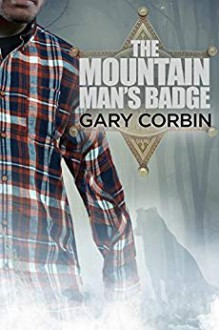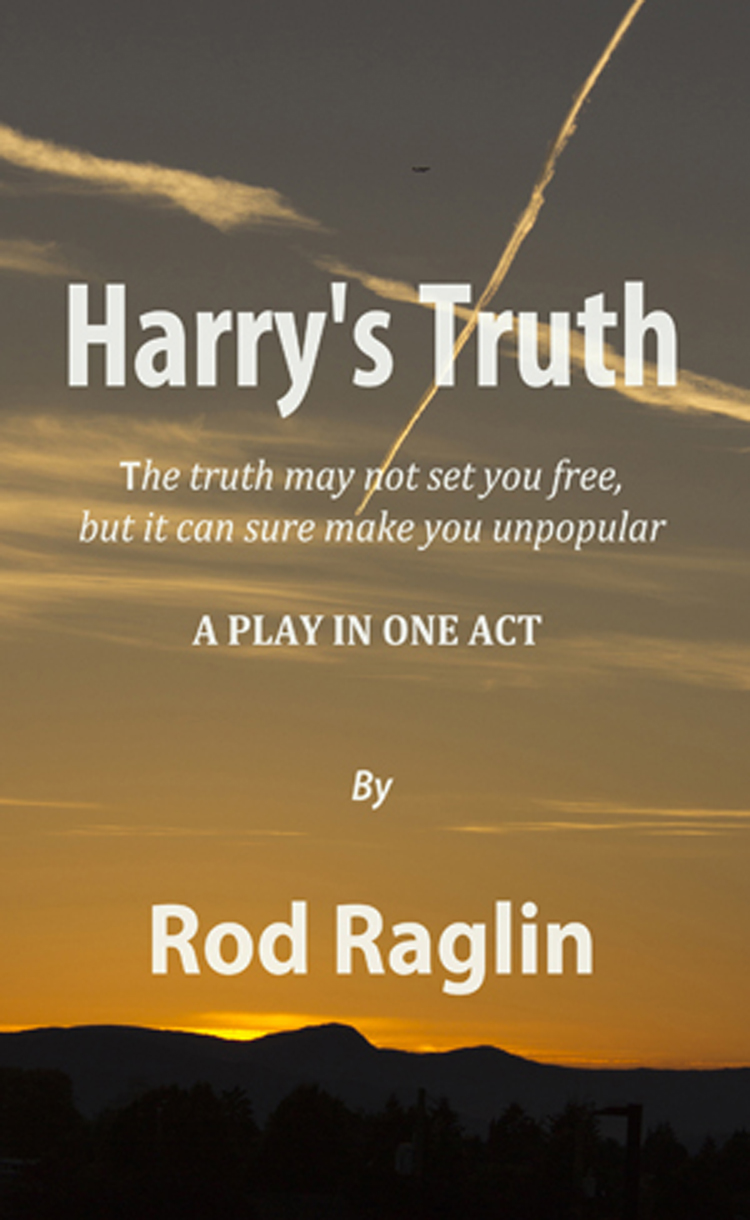
I was provided an ARC copy of this book by the publisher and I freely chose to review it.
I am always in two minds about reading books in a series, especially when I do not catch it right at the beginning, but when I was offered the opportunity of reading and reviewing this book, I was intrigued and could not let it pass. It was, I guess, a combination of the unusual protagonist (a mountain man, as the series title proclaims), the details of the case (who can resist a good dose of local politics and corruption these days?), and the details about the author, who is an experienced and well-respected writer who has written for a variety of media, including the stage. This is the third book in the series, though, but I was reassured that it could be read independently from the other books. So, what did I think?
Gary Corbin is a skilled writer, with a talent for creating unforgettable characters and settings and convoluted plots. Clarkesville, Oregon, is not one of those enchanted little towns we find in some heart-warming books, but quite the opposite. The descriptions of the mountains and the surrounding area are compelling and appealing, but this is a town with a terrible coffee house, sleazy strip clubs, ignorant and prejudiced inhabitants, and rampant corruption (from low-level civil servants all the way to the top). The novel follows on from the adventures described in the two previous novels (from what I gathered while I read the book), and the main protagonist, Lehigh Carter, is one of those mythical American literary (and film) figures, the reluctant hero. In the two previous books he became involved in several mysteries that ended up in the removal of the long-term sheriff and, after things don’t work well for the replacement (I’m trying to avoid spoilers, in case people want to read the three novels in order), he is asked to step in. But he is a lumberjack (with his own business) and not a professional sheriff —as he keeps being reminded by the elected assistant DA, the media, and plenty of others. And he has not been elected either. His job is further complicated when there is a new murder (in a town where such crimes are almost unknown), and the evidence accumulates against his fairly recent father-in-law (and their relationship was anything but friendly even before that). His relationship with his wife suffers, he is kicked out of the marital home, and he is pushed and pulled in all directions, pestered by those who should be working with him, and enmeshed in a spider web of lies and deception. There are enemies and betrayers all around him and he has his own doubts and insecurities to fight against as well. He has no qualifications to show for the job, makes beginner mistakes at times, lacks modern equipment and technical skills, and is being taunted by the commissioners for not having been voted into the job and being an amateur, even when they were the ones signing his appointment.
Although I lacked the background into the protagonist and other important characters in the novel (that I guess would give a more rounded pictures of the relationships between them and the motivations for their actions), I still liked his honesty, his humility, his self-doubt, and his willingness to put everything on the line to do the right thing and to protect his constituency, no matter how much it might cost him. This is not one of those action heroes who never miss a shot or put a foot wrong. He feels real and by the end of the novel, I thought I would happily have voted for him as the new sheriff. I also liked his collaborators, Wadsworth, in his mentor-like role, and especially Ruby Mac (she is fabulous!). His wife is caught up in a difficult situation but eventually, I got to understand and empathise with her and her predicament (and I think she is one of the characters that have grown over the series, so I missed much of that). The politicians, the rest of the sheriff department, other inhabitants of the town, and Bailey —the TV news anchor— are all well-drawn and distinct, and they run the whole gamut of human emotions, qualities, and vices. Some have bigger roles than others, but they give a bit of variety to a place that is portrayed as mostly stuck in its traditions and not very tolerant or diverse.
The plot reminded me of the old-fashioned mystery books and series we all know and love, and, in my opinion, it works better as such than as a detailed police-procedural investigation. As mentioned, Lehigh is an amateur and does not always follow due procedure. He has a good nose and intuition but sometimes misses things and is let down at times by his insecurity and his lack of knowledge. Although the book is set in the present, the sheriff department seems to be stuck in the past, and other than using his mobile for taking pictures, very little technology is in evidence or regularly used; even the computers are ancient and keep malfunctioning, so this is not a story for those fascinated by the latest techniques and the most accurate point-by-point investigations. Much of the police work consists of walking around, interrogating people, and setting up traps to catch suspects and double-crossing staff. There is also an overreliance on evidence that has been overheard and later reported by witnesses. This requires regular readers of detective novels and thrillers to suspend their disbelief to a certain extent, as baddies are overconfident and reckless, and the witnesses never seem to think about taking pictures or recording anybody’s conversations, which is unusual in this day and age, when everything anybody does is recorded and shared, but it gives the mystery a timeless feel, and there are plenty of plot twists and red herrings to keep readers turning the pages at good speed.
The book is written in the third person by a limited omniscient narrator, a technique that works well to allow readers to learn more about the characters, their feelings, and motivations (and some are not nice at all), while at the same time keeping the information necessary to solve the case under wraps, and helping to maintain the suspense and keep us guessing. There is an effective use of description and credible and lively dialogue that add to the characterisation. The book flows well, and there is sufficient information about the previous events to fill in the gaps and allow a reader starting here to follow the plot, although I have the feeling that those who have read the previous books will enjoy it more fully. (I am never sure how much information about previous books might be enough for new readers but not too much for those already familiar with the books. My experience reading series is that, unless you read all the books in quick succession, you need reminders of the previous plot, no matter how well you think you remember it, but different readers will be different on that respect). Although there is some violence, it is not extreme or shown in detail, and there is a good mix of intriguing, creepy, and light-hearted and humorous moments to suit most readers.
I enjoyed the book and feel curious, both about what had happened before and about what the future will bring Lehigh and his team. I was also intrigued by the samples of some of the author’s other books included at the end. I recommend this book (perhaps the whole series, but I cannot comment on the previous books) to readers who like mysteries in non-standard settings, with a good mix of characters and plots, and with a background into small-town politics and corruption that feels eerily relevant.


 Log in with Facebook
Log in with Facebook 










